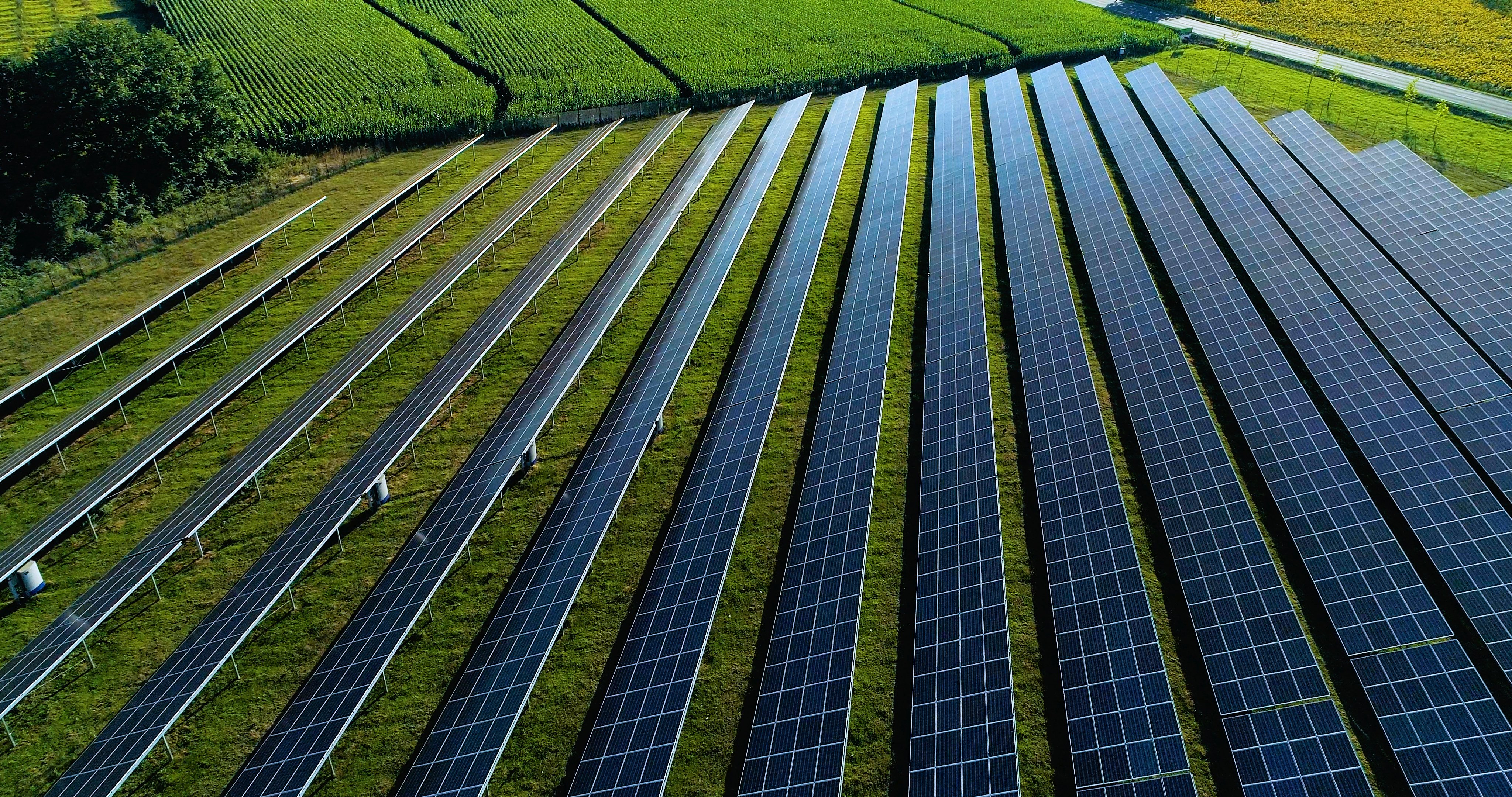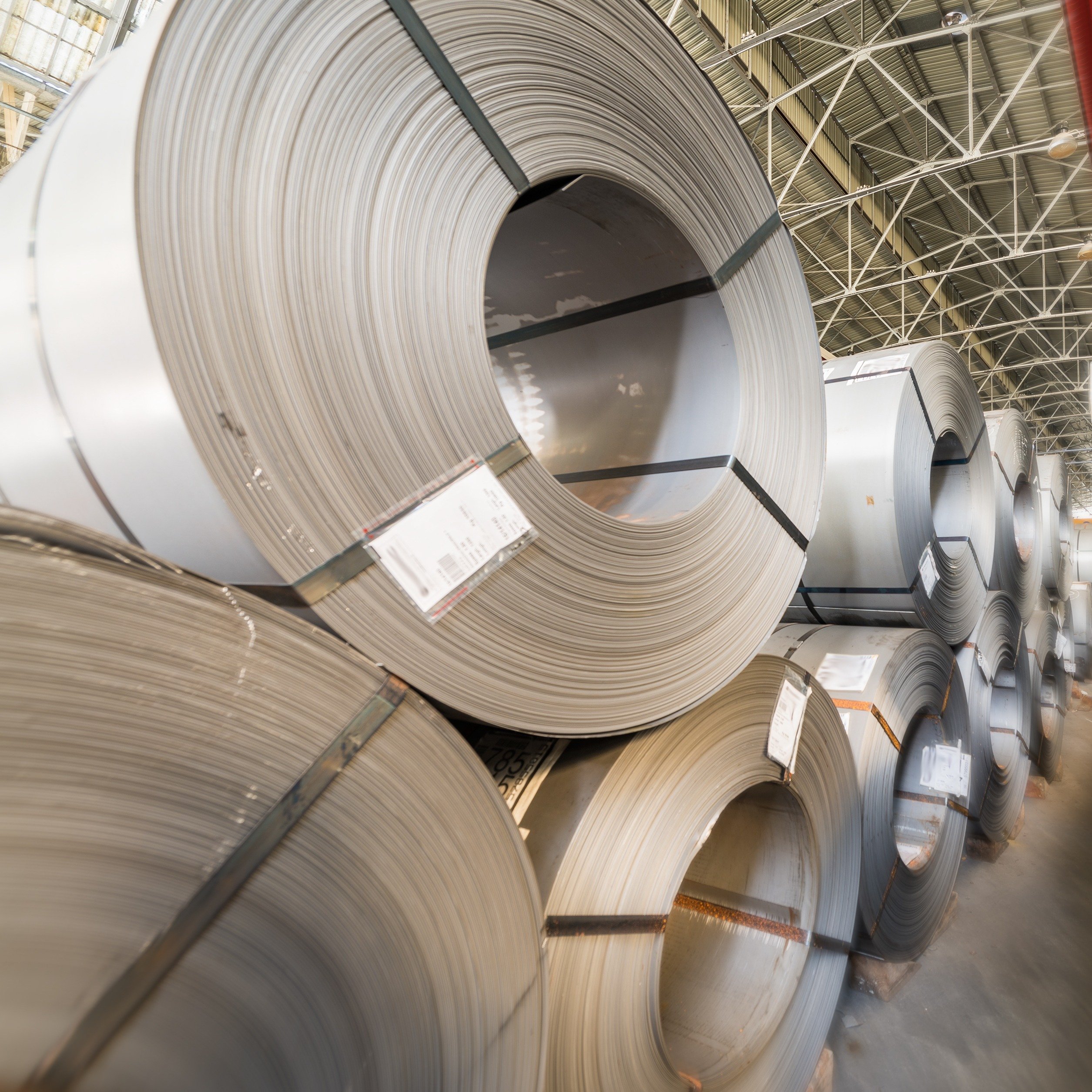Over the past month or so, carmakers have been releasing their quarterly results, providing investors and other stakeholders with performance and strategy updates. While results have been mixed, a recurring theme across several original equipment manufacturers (OEMs) has been a renewed focus on regionalising their operations and product offering, aimed at ensuring they remain responsive and competitive in an ever-changing market landscape.
What is regionalisation?
Regionalisation is nothing new to the automotive industry and it is widely synonymous with localisation. It has traditionally referred to carmakers increasing the proportion of vehicle content that is sourced or manufactured near to assembly plants. The core benefits are shorter lead times, better logistics and reduced exposure to disruptions. The fragility of global supply chains was highlighted by the Covid-19 pandemic and the semiconductor shortage, which led to widespread bottlenecks and production delays for carmakers.
Protectionism and changing consumer preferences drive carmakers to focus on regionalisation
- Rising protectionism and trade barriers, such as tariffs and local content rules, have further compelled OEMs to rethink their supply chains. The goal is no longer just efficiency, but resilience – the ability to adapt quickly to local disruptions without derailing global operations.
- A regional approach helps OEMs navigate changing consumer preferences, especially in relation to electric vehicles (EVs). EV demand is diverging significantly between regions, driven by differing government policies, incentives, infrastructure readiness, adoption rates and consumer trends. Tailoring offerings to regional consumer needs helps OEMs better serve local markets.
- Consumer loyalty is also regionalised, with strong loyalty by brand – particularly for domestic brands. OEMs are increasingly adopting regional strategies to capitalise on this. Although technological disruption has weakened some traditional brand allegiance, domestically built and long-standing brands still benefit from this intangible advantage.
In the EV sector, cost control and profitability remain the top priority. However, as these improve, they will be superseded in the long term by the imperative to de-risk supply chains. This will drive a trend toward onshoring and bringing more production in-house, given the EV battery supply chain’s heavy dependence on China.
Carmakers aim to boost regionalisation by vertically integrating and localising their supply chains
More carmakers are pursuing regionalised strategies, with a clear intent to boost domestic content. While achieving 100% local content remains challenging due to globalised technology and component dependencies, leading OEMs aim to increase their domestic content.
Tesla, for instance, reports local content rates of approximately 95% in China and around 85% in North America and Europe – figures far higher than the industry average. Most legacy OEMs still rely heavily on global supply chains.
To regionalise effectively, OEMs are employing a variety of strategies:
- Vertical integration within regions, to control more of the supply chain and mitigate risk.
- Building regional supplier ecosystems, often through long-term partnerships and acquisitions.
These moves enable OEMs to minimise lead times, reduce inventory risk and become less exposed to geopolitical or logistical disruptions. Moreover, regionalisation gives carmakers the ability to tailor their offerings more precisely to local consumer preferences, which is essential in a world where demand by powertrain type varies widely between markets.
Carmakers shift toward a more regionalised approach
Volkswagen recently launched a new strategy in China, under the ‘In China, for China’ banner, offering a tailored product lineup to Chinese consumers to help boost sales.
In Europe, brand loyalty remains strong. Several new entrants – such as some Chinese OEMs – have struggled to meet annual targets. This is partly attributable to strategic missteps and weaker overall demand, but brand loyalty remains a critical, intangible factor. Chinese OEMs will increase their penetration in many markets, given their competitive product offering and low base. More joint ventures are likely to be formed, and some Chinese OEMs may consider acquiring existing marques to drive growth.
China’s rapid adoption of extended-range electric vehicles (EREVs) offers another clear example of regional divergence. While still niche elsewhere, EREVs are gaining traction in China due to their balance between EV functionality and range confidence. Volvo, for instance, is launching a China-specific EREV, while continuing to focus on hybrids and BEVs in Western markets. Other OEMs are also eyeing EREVs as a future offering in other regions, but timing and scale are being calibrated carefully.
Volkswagen is also rolling out an EREV in China but sees limited demand for the technology in Europe at the moment. Instead, the company is focused on plug-in hybrid electric vehicles (PHEVs), which is sees as a better fit for its European customer base.
Regionalisation has its benefits, but is not without flaws
While regionalisation is gaining momentum, it is not without challenges. It can add costs, and OEMs need scale to make it viable. In addition, skill shortages, higher labour costs, infrastructure limitations and material constraints can all add complexity. Given the complexity of modern vehicles, full regionalisation remains challenging, so production is often limited by the slowest or most globally dependent component.
Regionalisation is increasingly becoming a strategic consideration in the automotive industry – not just from a manufacturing standpoint, but also for business continuity, market responsiveness and competitiveness. It enables companies to bypass tariffs, deepen relationships with local suppliers and consumers, better understand regional demand, and boost sales through closer market alignment.
While the pace and extent of this will vary by OEM, the trend is clear – we are moving towards a regionalised future. For more insights on regionalisation and the automotive industry, please get in touch.
















